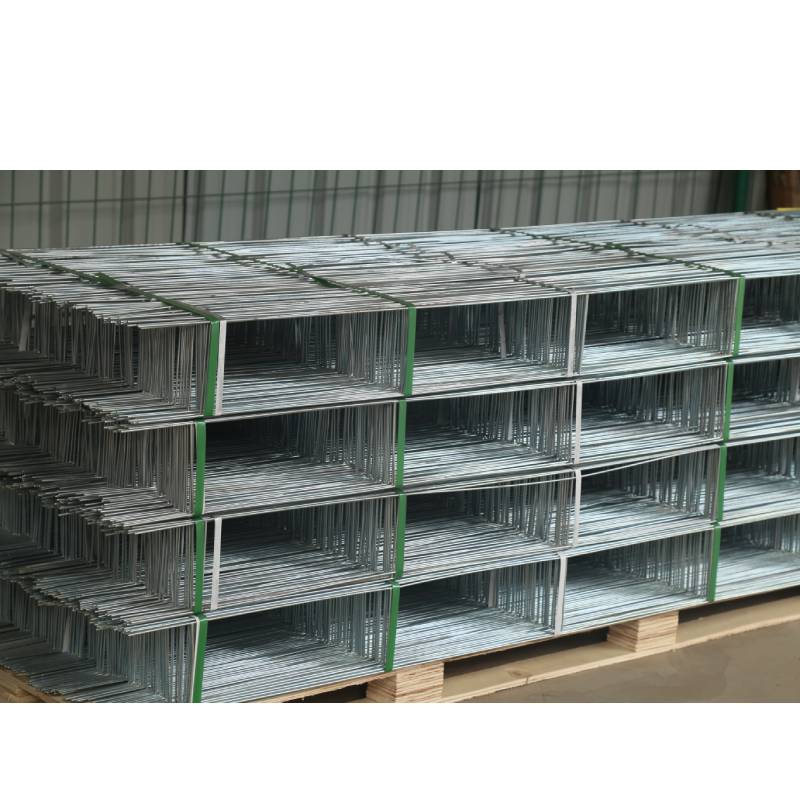
- Mobile Phone
- +8613931874955
- sales@cntcmetal.com
Guidelines for Effective Tomato Plant Support Techniques
The Importance of Tomato Support in Gardening
Tomatoes are one of the most popular vegetables grown in home gardens, cherished for their versatility in cooking and their rich flavor. However, cultivating healthy tomato plants requires more than just soil and water; it often necessitates a solid support system. The importance of tomato support can be overlooked by novice gardeners, but establishing a robust framework is crucial for optimizing growth, enhancing fruit production, and preventing disease.
Understanding Tomato Growth Habits
Tomato plants can be categorized into two main types determinate and indeterminate. Determinate tomatoes are bushy and grow to a fixed size, producing fruit all at once. In contrast, indeterminate varieties continue to grow vertically throughout the season, producing fruit over a longer period. This structural difference is foundational for understanding the support needs of each type.
Indeterminate tomatoes, which can reach heights of six feet or more, especially benefit from advanced support as they are prone to sprawling on the ground. This not only makes harvesting more challenging but also exposes the fruit to diseases and pests, as soil-borne pathogens can easily splash onto the fruits. Implementing a support system helps keep the plants upright, allowing for better air circulation and reducing the risk of disease.
Types of Tomato Support
There are several options when it comes to supporting tomato plants. Each method has its advantages and is suitable for different gardening styles and spaces.
1. Cages Tomato cages are a popular choice for their simplicity and effectiveness. They consist of wire or metal structures that allow the plant to grow within. This method is suitable for both determinate and indeterminate varieties, with taller cages being ideal for the latter. The plants are able to grow through the cage, which keeps the stems right and provides stability.
2. Stakes Using stakes is another common method, particularly for indeterminate varieties. Gardeners can drive a sturdy stake into the ground next to the plant and tie the main stem to it as the plant grows. This encourages upward growth and makes it easier to prune and harvest the lower fruits. However, stakes should be installed early to avoid damaging the roots.
3. Trellises For those with limited space, vertical gardening through trellising can be a fantastic option. A trellis can also support climbing plants, making it an efficient use of garden space. Similar to stakes, tomatoes can be tied to a trellis as they grow, promoting airflow and easier access for harvesting.
tomato support

4. Wire Frames A more permanent solution involves building a wire frame structure around tomato plants. This allows for extensive support and can last for several growing seasons. While a little more effort is required to build, the benefits of increased fruit production are often worth it.
Benefits of Tomato Support
1. Enhanced Airflow By keeping plants elevated, supports ensure adequate airflow. This reduces humidity around the foliage, which can lower the risk of fungal diseases such as blight.
2. Improved Sunlight Exposure Properly supported plants receive better sunlight, which is crucial for photosynthesis and overall growth. The increased exposure to sunlight can lead to larger yields and healthier plants.
3. Ease of Maintenance Supported plants are easier to manage. Gardeners can easily access leaves for pruning, inspect for pests, and harvest fruits without bending or crawling on the ground.
4. Reduced Pest Issues By elevating the plants, support structures help minimize contact with soil, which can harbor pests and pests-related diseases. This is particularly beneficial in preventing certain soil-borne diseases.
5. Better Yield Ultimately, providing adequate support to tomato plants can lead to increased harvests. As the plants grow healthier and are kept clean and air-flowed, they can produce more fruit.
Conclusion
In conclusion, tomato support is a vital aspect of tomato gardening that should not be neglected. By understanding growth habits and selecting an appropriate support system, gardeners can ensure healthier plants, reduce disease incidence, and enjoy a bountiful tomato harvest. Whether through cages, stakes, trellises, or wire frames, establishing a solid support for your tomato plants will yield benefits that far outweigh the initial effort. Happy gardening!
share:
-
Why Sacrificial Formwork Is Redefining Underground ConstructionNewsJun.06,2025
-
The Structural Dynamics of Modern Concrete: How Snake Spacers Revolutionize Flexible ReinforcementNewsJun.06,2025
-
Snake Spacers Smart-Lock Concrete Reinforcement with Surgical PrecisionNewsJun.06,2025
-
Snake Spacers: Reinforcement Precision for Modern Concrete ProjectsNewsJun.06,2025
-
Snake Spacers Powering Concrete's Structural DNANewsJun.06,2025
-
Slither into Success: Snake Spacers' Precision Bite for Unbreakable ReinforcementNewsJun.06,2025
-
Sacrificial Formwork: Building Stronger, Faster, and Safer StructuresNewsJun.06,2025



















